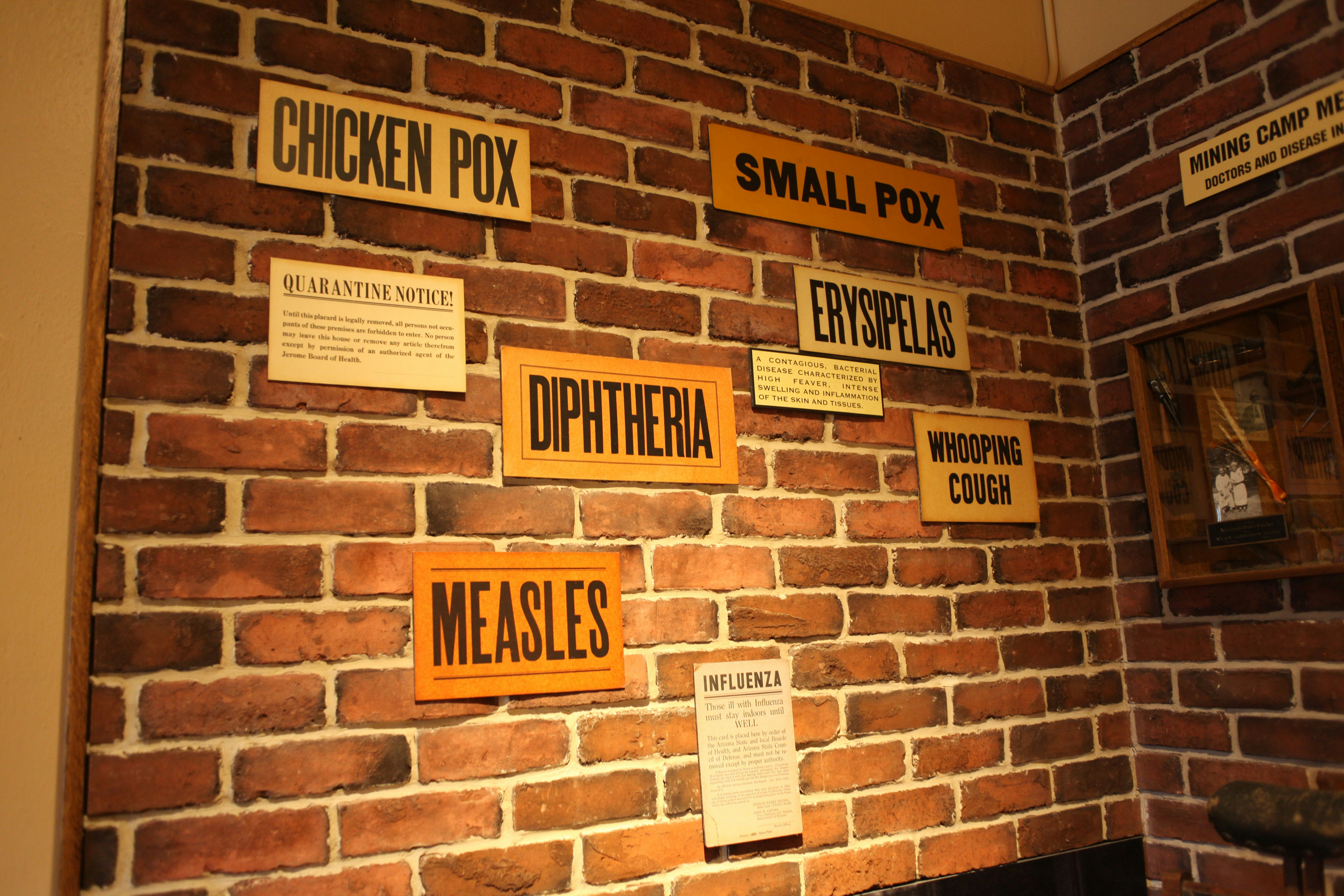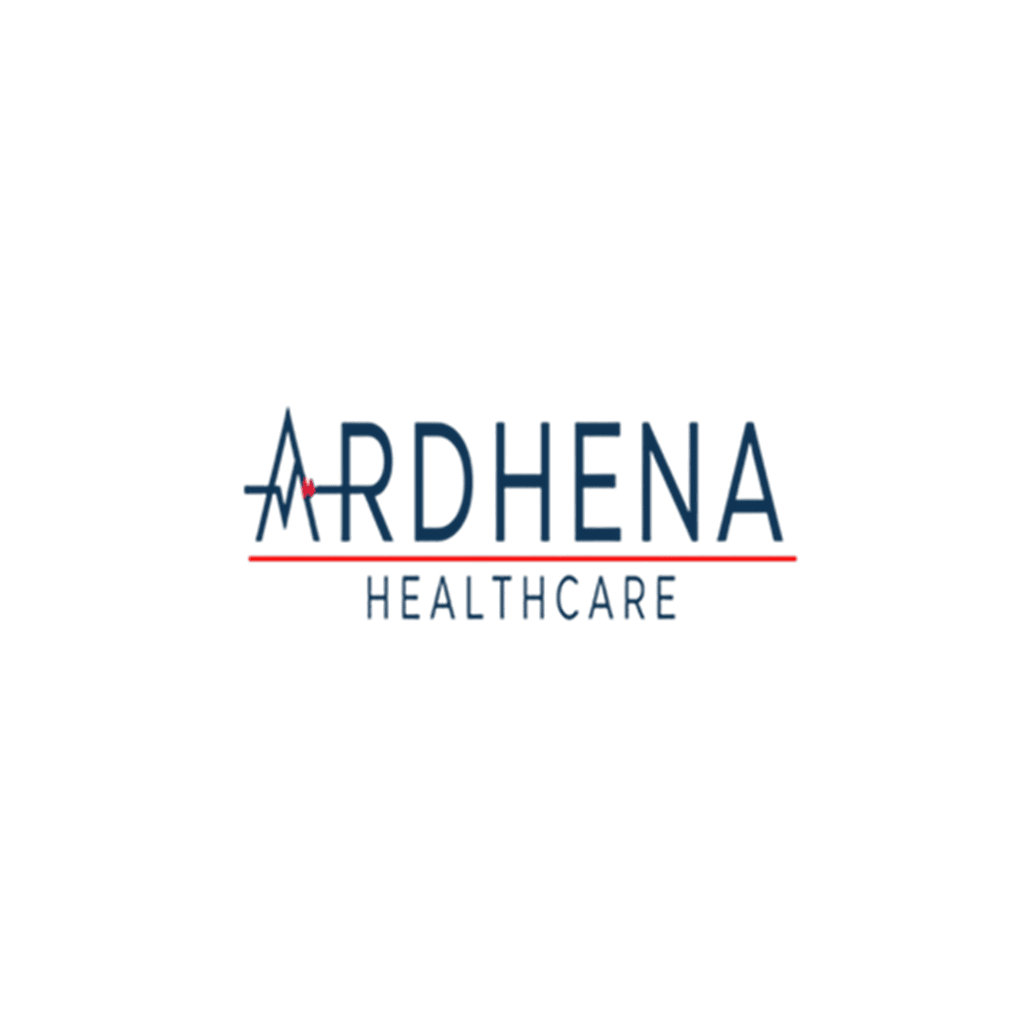
What is Post Exposure Prophylaxis (PEP)?
Post Exposure Prophylaxis, commonly referred to as PEP, is a medical intervention designed to prevent the onset of infection following potential exposure to certain infectious diseases. This approach is particularly crucial in scenarios where a person may have been in contact with infected fluids or individuals, thereby increasing their risk of contracting infections such as HIV, rabies, or hepatitis. Understanding PEP involves recognizing its timely administration and effectiveness in reducing the likelihood of disease progression.
The mechanism through which PEP operates involves the prompt administration of medication after exposure. For instance, in the case of HIV, a regimen of antiretroviral drugs can be initiated within 72 hours of exposure, with a treatment duration typically extending over 28 days. The timely initiation of this treatment is vital; delays can significantly diminish its effectiveness. Similarly, rabies PEP includes a series of vaccinations that must be delivered following suspected exposure to the virus, usually through animal bites.
PEP serves a significant public health function, acting as a critical barrier against the spread of infectious diseases in populations at risk. By providing individuals with the necessary treatments after potential exposure, PEP not only mitigates the risk of infection for those affected but also contributes to wider community health efforts. It empowers individuals to take proactive steps following exposures, knowing that there are measures in place to protect their health and well-being. Overall, PEP represents an essential line of defense in the ongoing battle against infectious diseases.
When is PEP Recommended?
Post Exposure Prophylaxis (PEP) is a crucial intervention designed to prevent the onset of infectious diseases following potential exposure. There are specific circumstances under which PEP is highly recommended. One common scenario is needle-stick injuries, particularly among healthcare workers who may come into contact with blood or bodily fluids that might harbor pathogens such as HIV or Hepatitis B and C. In such cases, it is vital to seek medical attention promptly within hours to minimize the risk of transmission.
Another critical situation is sexual assault, where a survivor may be at risk of contracting sexually transmitted infections (STIs). In these instances, immediate access to PEP treatment is essential and should ideally be initiated within 72 hours post-exposure. Furthermore, individuals who have experienced unprotected sexual encounters with partners of unknown or high-risk status may also qualify for PEP, as the therapy can help mitigate the risk of infections such as HIV.
Animal bites, particularly from wild or unvaccinated animals, are another context where PEP is warranted. Bites from rabid animals can lead to rabies, a fatal disease if not treated. In these cases, PEP should start as soon as possible following the exposure to prevent the progression of the virus. Timely intervention is critical; the effectiveness of PEP diminishes significantly as time passes after exposure.
Access to medical care within the established timeframes is paramount for successful outcomes with PEP. Rapid assessment by healthcare professionals can make a significant difference in the chances of preventing disease transmission. Overall, understanding these scenarios is essential for individuals who may be at risk and highlights the importance of swift action in potentially life-threatening situations.
PEP Administration: What to Expect
Post Exposure Prophylaxis (PEP) is an essential medical intervention designed to prevent the transmission of certain infectious diseases, primarily HIV, after potential exposure. The administration of PEP begins with a thorough evaluation by a healthcare provider, who assesses the risk of infection based on the exposure circumstances, such as unprotected sex or needle-stick injuries. Following this assessment, PEP is prescribed if warranted, emphasizing the necessity of prompt initiation—ideally within 72 hours of the potential exposure.
The regimen typically consists of a combination of antiretroviral medications, which are effective against HIV. Commonly used drugs include Tenofovir, Emtricitabine, and Raltegravir or Dolutegravir. This multidrug approach enhances the chances of successful prevention by targeting the virus at different stages of its lifecycle. The duration of PEP treatment usually lasts for 28 days, during which adherence to the prescribed medication is crucial. Skipping doses can significantly reduce the effectiveness of the prophylactic measure, underscoring the importance of maintaining a consistent schedule.
Patients undergoing PEP may experience side effects, which can range from mild to moderate. Common side effects include nausea, fatigue, diarrhea, and headaches. While these reactions can be disconcerting, they generally subside as the body adjusts to the medication. Communication with healthcare providers is vital throughout this period, as they can offer strategies to manage side effects and maintain adherence to the regimen.
Follow-up care is crucial following PEP administration. Patients should schedule appointments to monitor their health and assess any signs of infection. Healthcare providers play a key role, guiding the individual through their journey, ensuring that they are informed and supported every step of the way. This structured approach to PEP administration not only enhances patient outcomes but also reinforces the importance of preventative health measures in the management of infectious diseases.
Understanding the Limitations and Considerations of PEP
Post Exposure Prophylaxis (PEP) is an important medical intervention designed to mitigate the risk of infectious diseases after potential exposure. However, it is essential to understand its limitations and the specific circumstances under which it may not be effective. PEP is not a one-size-fits-all solution; its efficacy can significantly diminish based on the timing of administration, the type of exposure, and the pathogen involved. For instance, PEP must be initiated as soon as possible, ideally within a few hours, after the exposure for optimal effectiveness. Delaying treatment beyond the recommended window can greatly reduce the chance of preventing infection.
Furthermore, there are common misconceptions that PEP can serve as a substitute for preventive measures such as vaccinations or safer practices. This notion is particularly concerning as it may lead individuals to neglect adequately proven methods of infection control, such as vaccination and safe sex practices. PEP should not be seen as an alternative to such preventive strategies, but rather as a secondary line of defense for those who may have been exposed to significant risk factors.
Additional factors that can influence the success of PEP include the individual’s overall health, the presence of other medical conditions, and adherence to the prescribed regimen. It is crucial for individuals contemplating PEP to have a transparent discussion with healthcare providers about these considerations. Ongoing research and medical advancements continue to enhance our understanding of PEP and its limitations, paving the way for improved protocols and better education regarding its use. By recognizing both the capabilities and constraints of PEP, individuals can make informed decisions about their health and prevention strategies.


